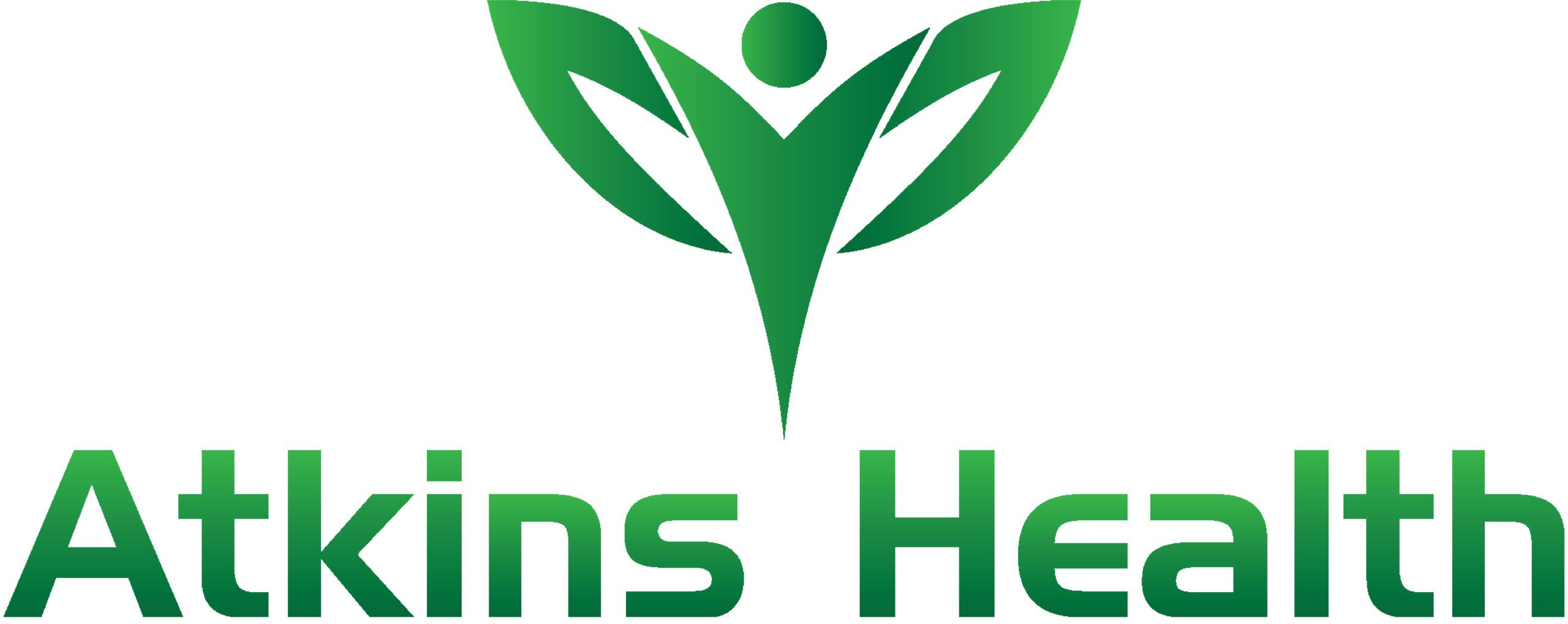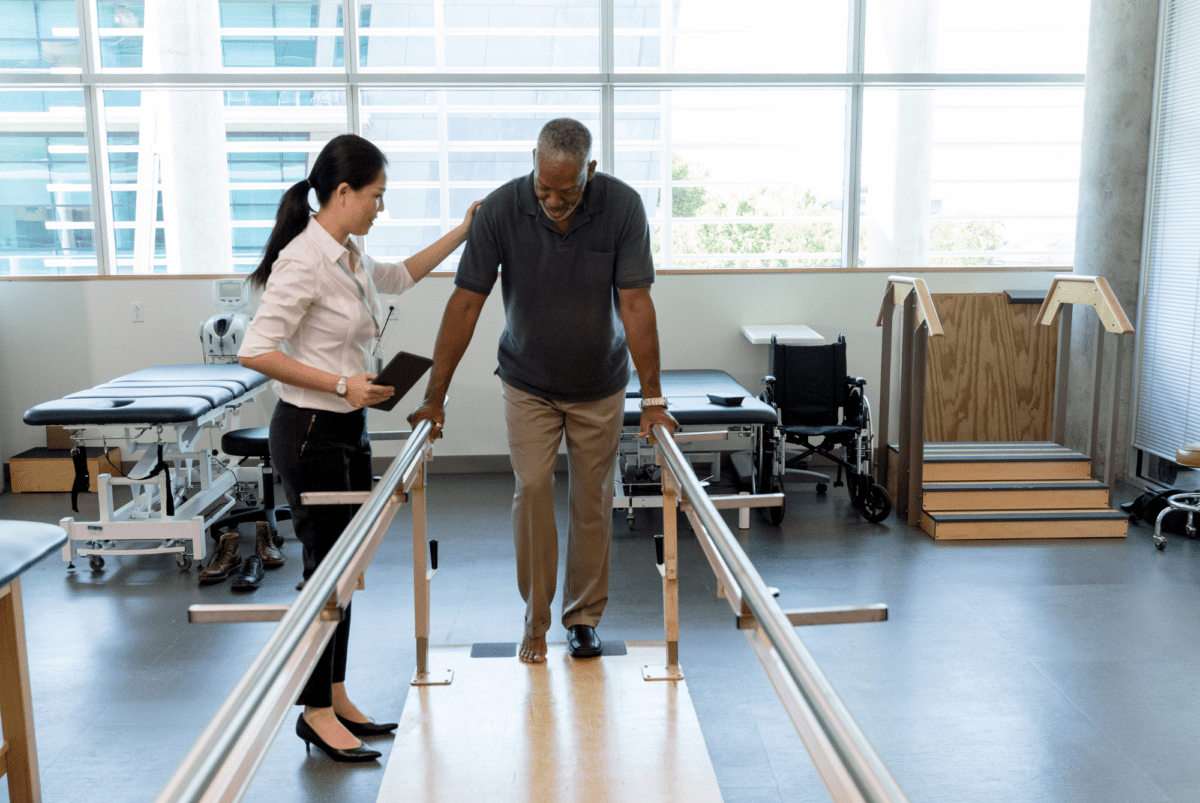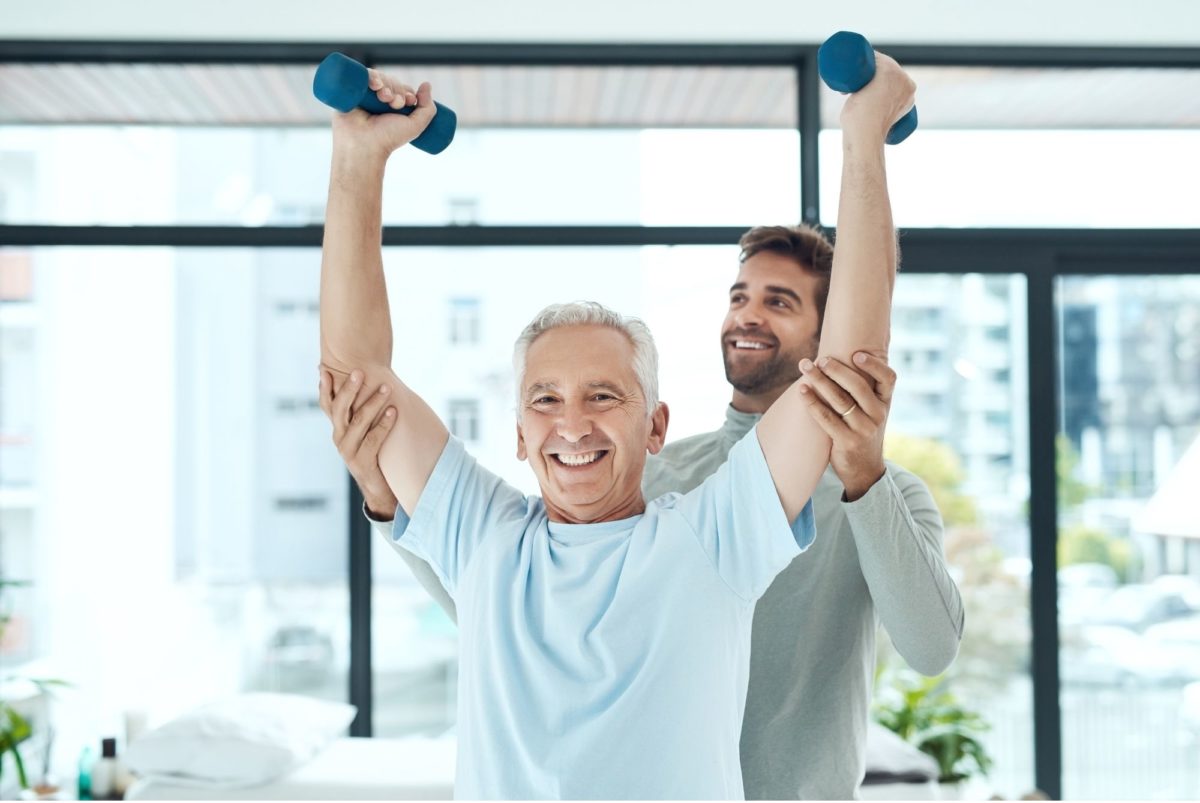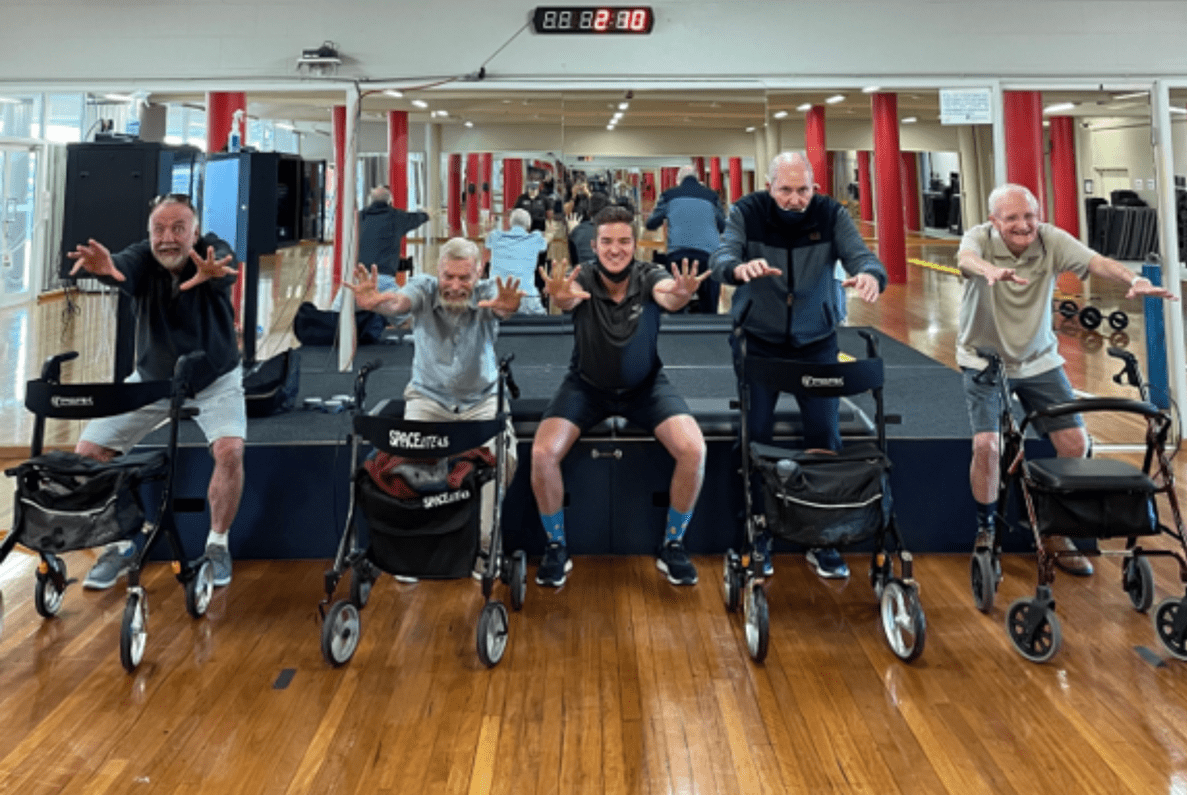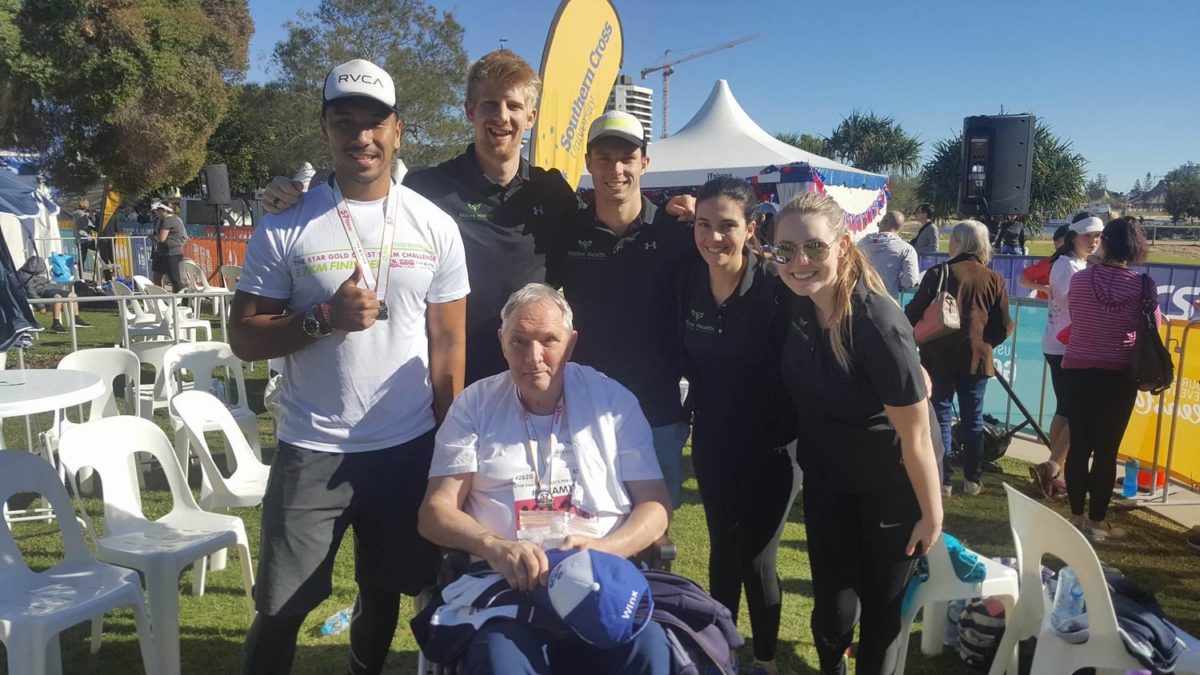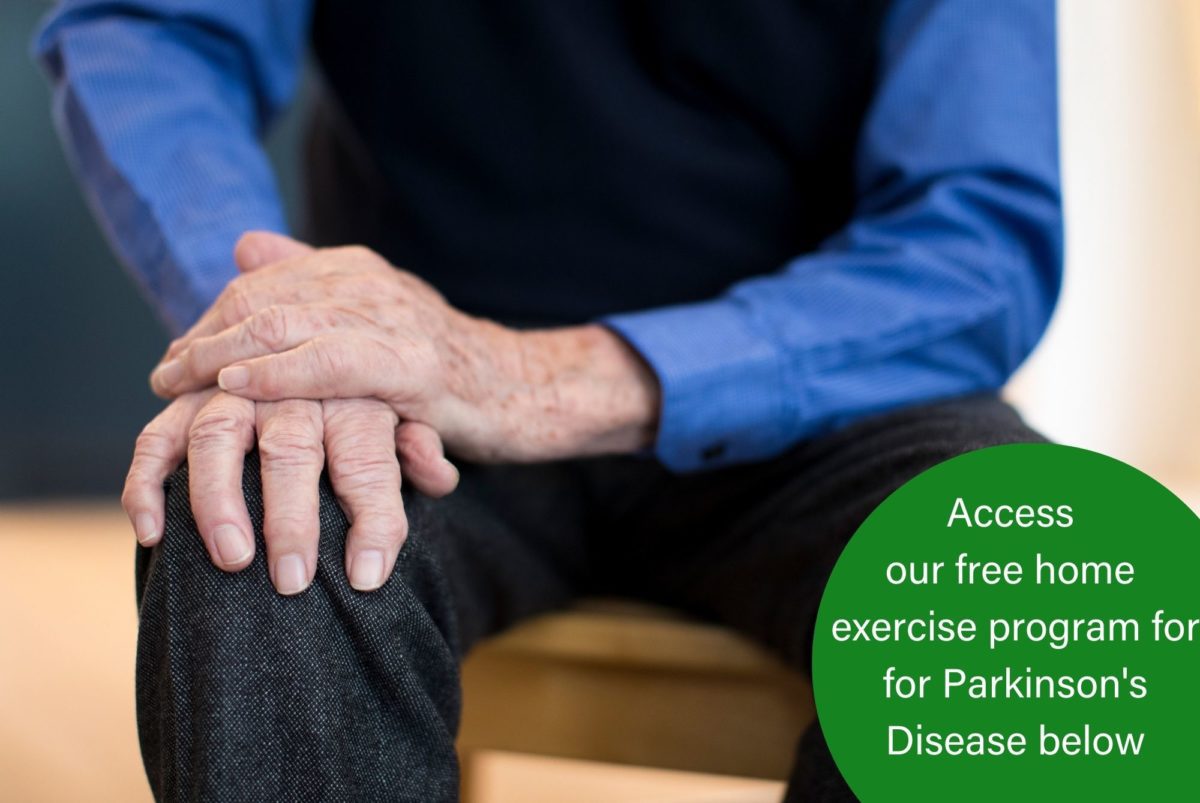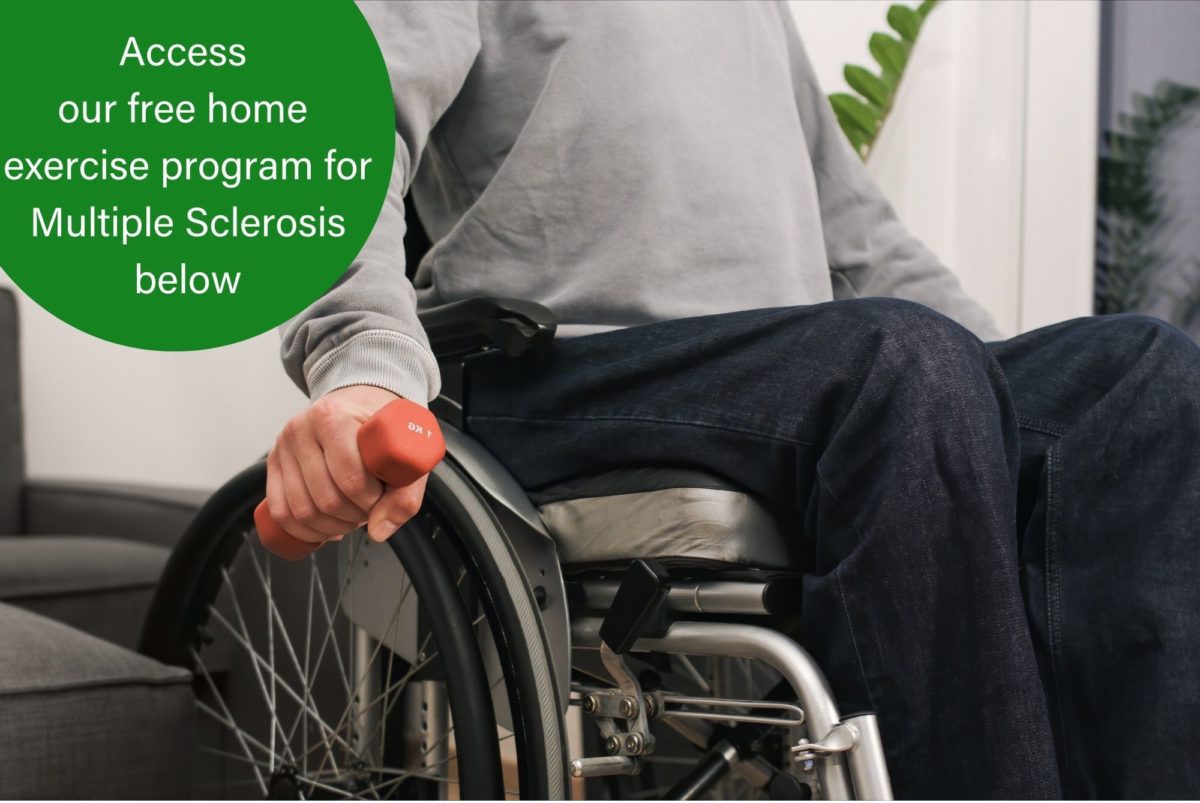Our team has designed this Multiple Sclerosis exercise program specifically focused on improving the mobility and lifestyle of those impacted by this neurological disease
Health Blog and Podcasts
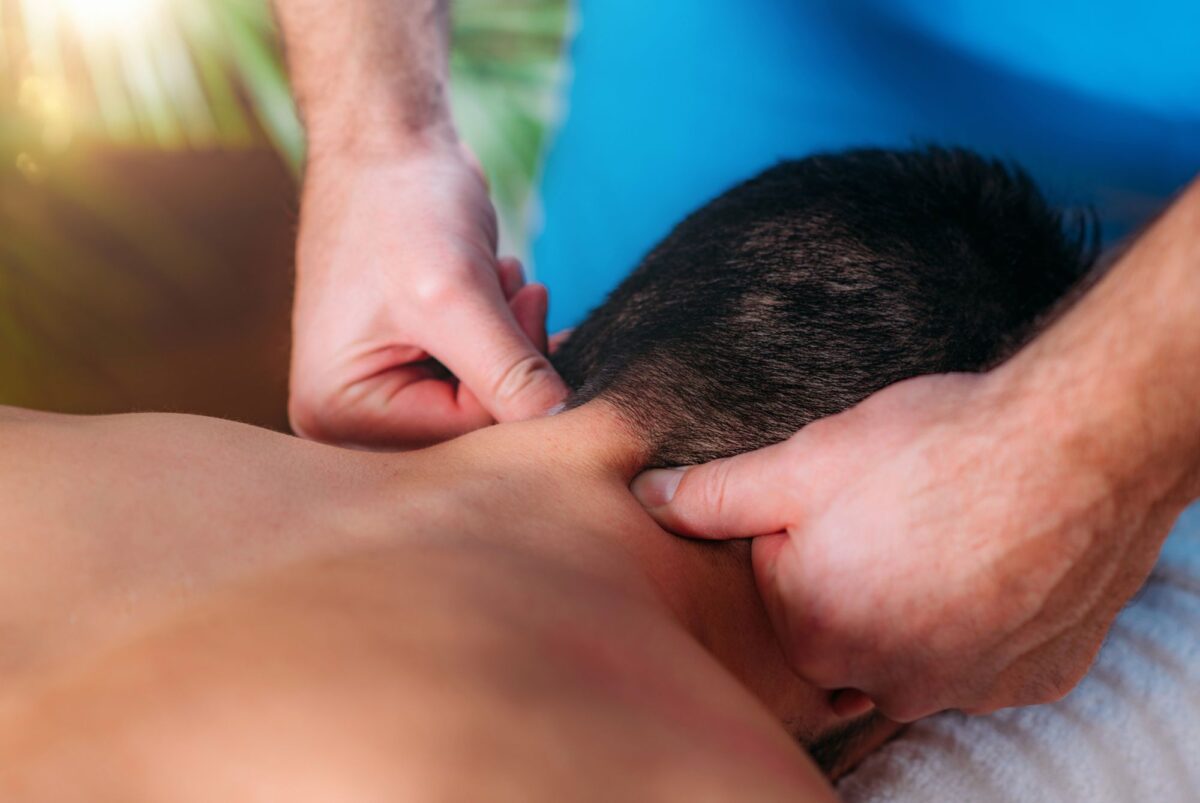
Neck pain can be caused by factors such as poor posture, muscle strain, injury, or an underlying health condition. Learn about how to get relief from neck pain.
Receiving a dementia diagnosis can be an extremely emotional experience. The individual may feel grief, loss, anger, shock, fear, and even disbelief. In other instances, it can be a source of relief – an answer and explanation for what was wrong.
Although it’s never easy news to receive, there are immediate pathways to help manage a new diagnosis. Exercise is an effective tool for dementia clients. It not only offers physical and cognitive benefits, but it also provides a supportive community of individuals going through a similar experience. Today we explore the benefits of physical therapy for dementia patients.
The benefit of exercise for dementia
Dementia is a progressive brain disorder that affects behaviour, thinking memory, and the ability to perform everyday tasks. Although there is currently no cure for dementia, exercise can help to slow down its progression and improve the quality of life for those affected by the disease.
Physical benefits
As the disease progresses, many individuals with dementia experience a decline in physical abilities such as balance, coordination, and mobility. Exercise has been shown to help improve these physical abilities, reducing the risk of falls and improving the ability to perform everyday tasks.
On top of this, regular physical activity has been shown to provide the following physical benefits:
- Improve cardiovascular health
- Reduce the risk of chronic diseases such as heart disease and diabetes
- Help to maintain a healthy weight
Cognitive benefits
Perhaps even more significant than the physical benefits that exercise offers, are the cognitive benefits. Regular physical therapy increases blood flow to the brain, which can help to improve memory, concentration, and decision-making abilities.
Exercise has also been proven to stimulate the production of chemicals in the brain which are responsible for improving mood, reducing stress, and increasing feelings of well-being. This can lead to increased self-esteem, confidence and independence.
Social benefits
Joining a physical therapy program specifically for individuals with dementia is a great way to reduce feelings of isolation and loneliness. Exercising among a group of individuals with shared fears and frustrations can be cathartic and build a sense of community among the group.
Group physical therapy for dementia can also provide a community for carers and family members to connect. Carers have an important, yet often challenging, role in the lives of their loved one. Sharing experiences with others in the same position can be an equally rewarding practice for both the individual with dementia, and their inner circle.
In a nutshell – an exercise program is about far more than improving the body’s capacity to move. It’s about fostering a sense of independence and purpose through dynamic, creative, and fun activities – all within a supportive community.
Family respite
Caring for someone with dementia can be highly rewarding. It can also be exhausting and at times and overwhelming. It is important for carers to take time to care for their own wellbeing. Taking a break from your day-to-day caring is referred to as ‘respite’. It’s an opportunity to recharge, rest, and enjoy some independent time to attend to your own business.
Benefits of respite care for caregivers include:
- Allows time to see to personal needs
- Relieve pressure and stress
- Reduce isolation and loneliness
- Helps avoid burnout
An exercise program is a common avenue for respite care. It offers carers a chance to step away from their duties while their loved one engages in an activity that provides mental, physical and social benefits. ‘Active Alzheimer’s’ is Atkins Health’s dedicated Dementia Care Program. It offers a weekly 2-hour window for clients to enjoy exercise under the guidance of professional exercise physiologists (EPs) and geriatricians.
Atkins Alzheimer’s exercise program
Atkin’s Active Alzheimer’s has been designed for newly diagnosed individuals with Alzheimer’s or Dementia. It’s the only community program of its kind and aims to support both clients and their families.
Who is the Active Alzheimer’s for:
- Newly diagnosed individuals with Alzheimer’s or Dementia
- Individuals looking to maintain their independence at home
- Individuals seeking half-day respite care while simultaneously receiving therapy
The program will offer a blend of physical and cognitive activities that vary from week to week. Every exercise is carried out under the expert guidance of our experienced EPs. It ensures your loved one is left in safe, caring and capable hands of a team with a comprehensive understanding of dementia. We know how to identify and minimise fall risks while helping individuals regain a sense of independence.
The results
As a progressive condition, dementia can be debilitating and take a lot of a client’s self-worth and confidence away. Guiding our clients through exercises that they’re confident in can help improve that feeling of self-worth and independence.
One of my personal highlights from the program so far was a client who was eventually able to get out of the shower independently. To have helped her get that little bit of dignity back is way better than any type of metric or testing outcome – it was such an awesome result for her.
Find out more about our Active Alzheimer’s program and how you and your loved one could benefit by filling out the form below or giving us a call.
Life after a stroke can be challenging. Daily activities, from dressing to speaking, can suddenly become difficult without assistance. In this article, I have put together some of the common questions I get asked about stroke rehabilitation.
A stroke is a serious medical emergency in which the blood supply to the brain is interrupted, causing brain cells to die.
10% of stroke sufferers will recover fully, while 25% will recover partially without being able to do everything they previously could.
Ongoing rehabilitation and treatment can help increase the chances of regaining functionality. As exercise physiologists, one of our main goals when helping clients with stroke recovery is to restore and maintain their level of function.
Over the last eight years, I’ve worked with stroke patients to help them regain independence and confidence through movement.
Here’s how we do it.
What effect can a stroke have on the body?
The impacts of stroke vary significantly from person to person. Lasting complications can depend on the severity of the stroke, as well as any underlying conditions that were already present.
Long-term complications commonly include the following:
- Weakness or absence of movement in limbs
- Fatigue
- Trouble speaking and swallowing
- Sensory changes
- Difficulty reading or writing
- Perceptual changes
- Difficulty walking
- Memory difficulties
The most common denominator across all the clients I’ve seen is the impact on their ability to perform activities involved with day-to-day life. This can be something as simple as getting changed and eating, or it might be more significant mobility issues, such as the ability to walk.
How does EP help stroke rehabilitation
Recovery from a stroke takes time, but it can often transform a person’s quality of life. Exercise plays a crucial role in rewiring neural pathways that were lost as a result of the stroke.
The 6-8 month window immediately following the stroke is a critical period in which the most recovery occurs through exercise intervention.
Even if a limb has suffered a complete loss of movement, improvements can be transferred by working on the opposite limb. Research shows that when we train the unaffected limb, roughly 30% transfers over to the affected limb.
Our primary goal is to restore function on the unaffected limb, by matters of neuroplasticity. In a nutshell, we are regenerating the nerves that connect to the affected limb so that they’re able to use that limb to a certain extent.
The types of exercise we implement can include cardio and mobility training, but will mostly be focused on resistance training. This can take place at home, in the clinic, or in a gym setting.
Pathways for stroke rehabilitation
At Atkins, we offer four ‘pathways’ to stroke rehabilitation. These pathways allow us to cater our treatment approach to different goals. We refer to them as:
- results pathway
- support pathway
- client-managed pathway
- group class pathway
The results pathway is mainly for clients who want to see results quickly and who we feel require ongoing support to reach their goals. It includes 2-3 weekly sessions under our guidance.
Clients on our support pathway typically come in and see us once a week. This is often suitable for clients who are capable of performing the exercises independently, but who still require regular support to keep them progressing.
A client on the client-managed pathway will come in every so often – about once a month. During these sessions, we’ll check compliance with their at-home programs and make any adjustments necessary.
And finally, we have the group class pathway which can work complementary to the client-managed pathway. This is also for clients who are very independent. It allows them to perform the exercises on their own, while also offering a social aspect and feedback from the instructor throughout the session. It helps clients ensure their technique is correct and that they’re complying with their programs.
Squad Atkins is one of our most popular classes and allows clients to carry out their individual programs in a lively and supportive environment.
Atkins Health Stroke Treatment
Just last month I had a client come to me with the goal to get back into running after suffering a stroke a year ago. He’s very functional but was struggling with his gait. His level of commitment immediately stood out to me. His determination to come in every single week has already seen his walking improve significantly in just a few weeks. There’s still a long way to go, but already he’s much happier with how much he’s progressed and how much he’s actually improved.
Locations for Stroke Rehabilitation Services
We offer exercise physiology for stroke rehabilitation at all Atkins Health locations as well as in home visits.
At Atkins, it’s never too late to start your recovery journey. We can accommodate treatment on a group or individual basis, always catering to your unique goals and programming.
Rewire neural pathways through exercise physiology, to help manage Parkinson’s Disease and its symptoms including tremors, imbalance and stiffness.
Rewire neural pathways through exercise physiology, to help manage Parkinson’s Disease and its symptoms including tremors, imbalance and stiffness.
Introducing Brock, our newest team member and Gold Coast physio at our Runaway Bay clinic
Atkins Health is passionate about promoting Parkinson's Awareness Month, and helping those impacted with Parkinson's Disease through our tailored individual and group exercise programs.
Access our free program for the best exercises for Parkinson's Disease that help improve function and reduce symptoms. Exercises can be performed at home without any special equipment.
Our team has designed this Multiple Sclerosis exercise program specifically focused on improving the mobility and lifestyle of those impacted by this neurological disease

